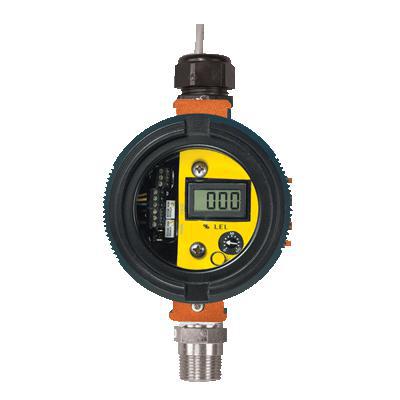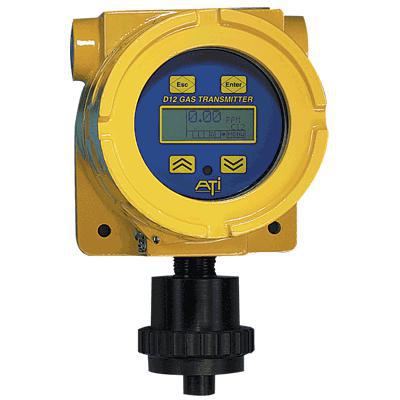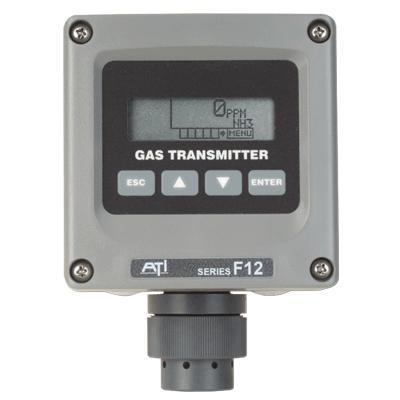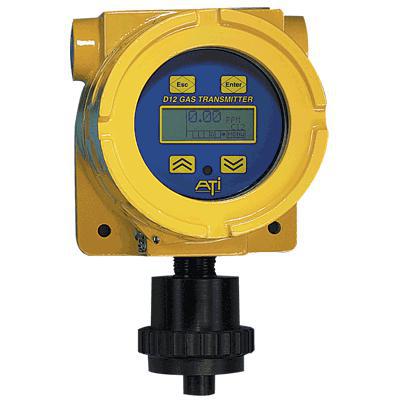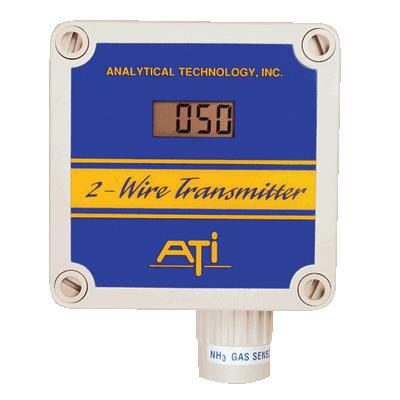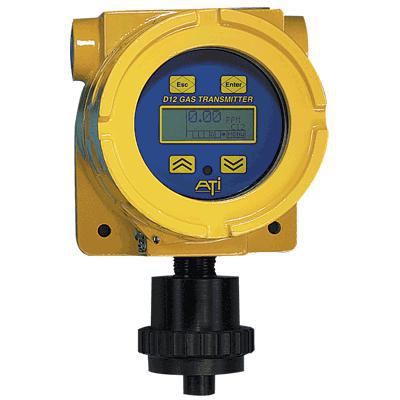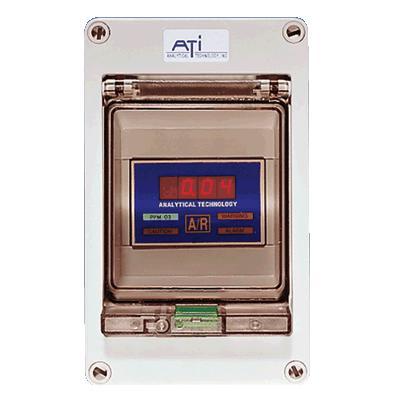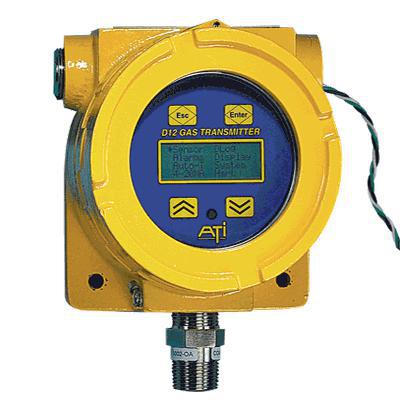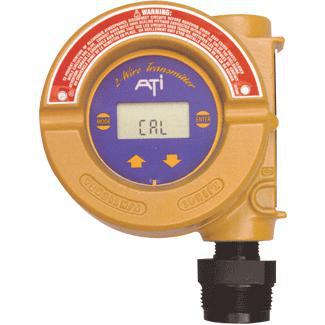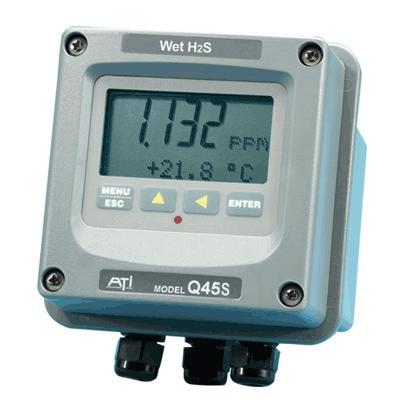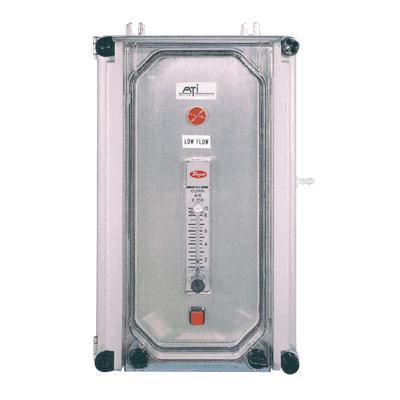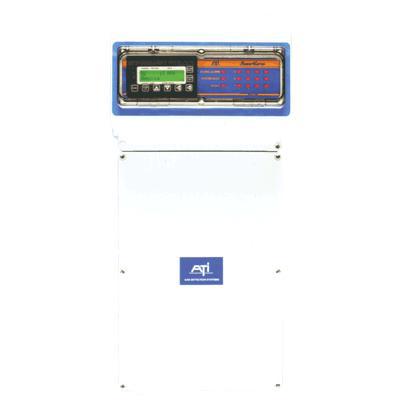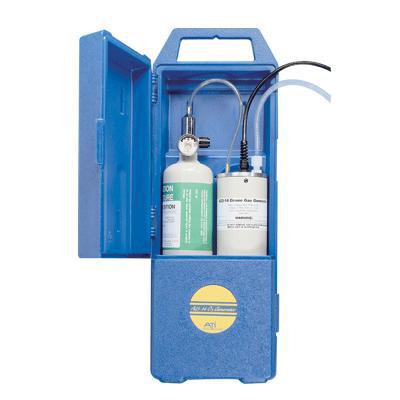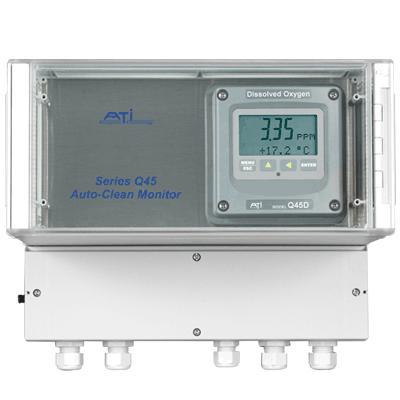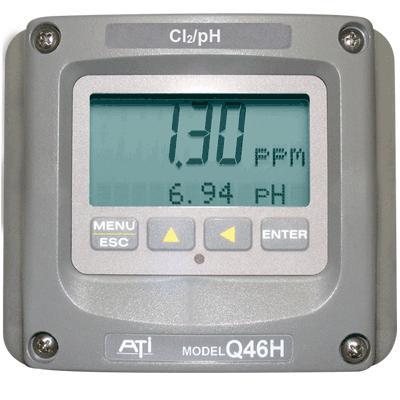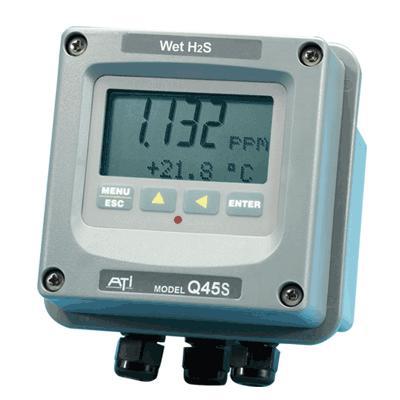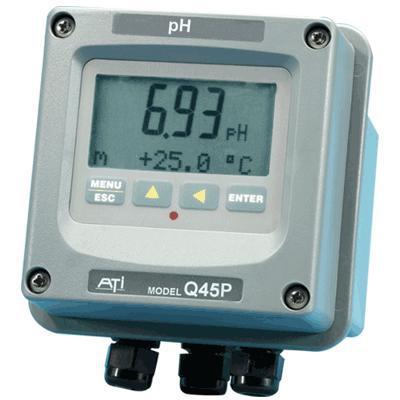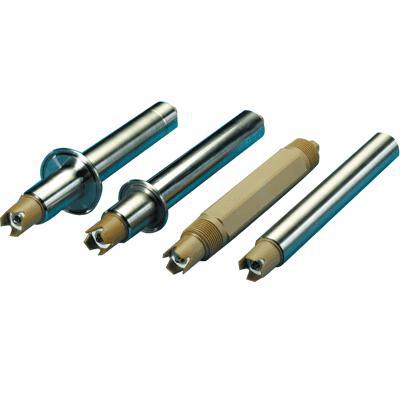BSK Engineering Systems
Product Range
Fact Sheet
- Location:Maharashtra, India
- Business Type:Manufacturer, Distributor / Wholesaler
- Main Products:PH/ORP Analyser, Dissolved Oxygen Analyser
- Reviews & Rating:
Get Verified, Sell more with
- Buyer's trust
- Faster conversions
- Better Rankings
- More
Its Free
Verify NowC12-17 COMBUSTIBLE GAS TRANSMITTER
ATIs C12-17 Combustible Gas Transmitter is a stand-alone gas transmitter designed to detect potentially hazardous concentrations of combustible gases in ambient air.
- FOB PriceNA
- Min Order QuantityNA
- Payment TermsNA
Other Details
Gases and hydrocarbon vapors such as methane, propane, butane, gasoline, toluene, hydrogen, and many others can be reliably monitored in process buildings, analyzer enclosures, pump stations, and gas compressor stations. In fact, anywhere gases or vapors may build up to explosive levels can be readily monitored using this transmitter.
C12-17 Combustible Gas Transmitters are three-wire transmitters, operating from 24 VDC power supplies and transmitting a 4-20 mA signal proportional to 0-100% LEL (Lower Explosive Limit) of a particular gas or vapor. The transmitter is available either as a blind transmitter or with integral LCD display that provides local indication of gas concentration, visible through the glass window in the explosion-proof housing. Units supplied with the integral display also contain a single alarm setpoint and relay for local alarm purposes. This integral relay is a latching alarm that can be reset with a magnetic tool without opening the enclosure.
C12-17 transmitters can be connected directly to PLC, DCS, or computer based alarm systems without additional hardware.
Combustible gas sensors are made up of two matched sensing elements, one active and one passive. Both are electrically heated and form two legs of a Wheatstone bridge circuit. When combustible gas contacts the sensor, the active element catalyzes the oxidation of gas, heating the active element and changing it's resistance. The passive element remains unchanged, resulting in a change in the bridge circuit that is proportional to the gas concentration.
Explosion-proof sensor assemblies are made of 316 stainless steel for maximum corrosion protection. A sinter bonded flame arrestor provides the gas diffusion path to the sensing elements while maintaining the flame-proof integrity of the assembly. Sensing elements are specially designed for maximum poison resistance and long life in harsh industrial environments, with sensor life typically 2 years or more.
Images
